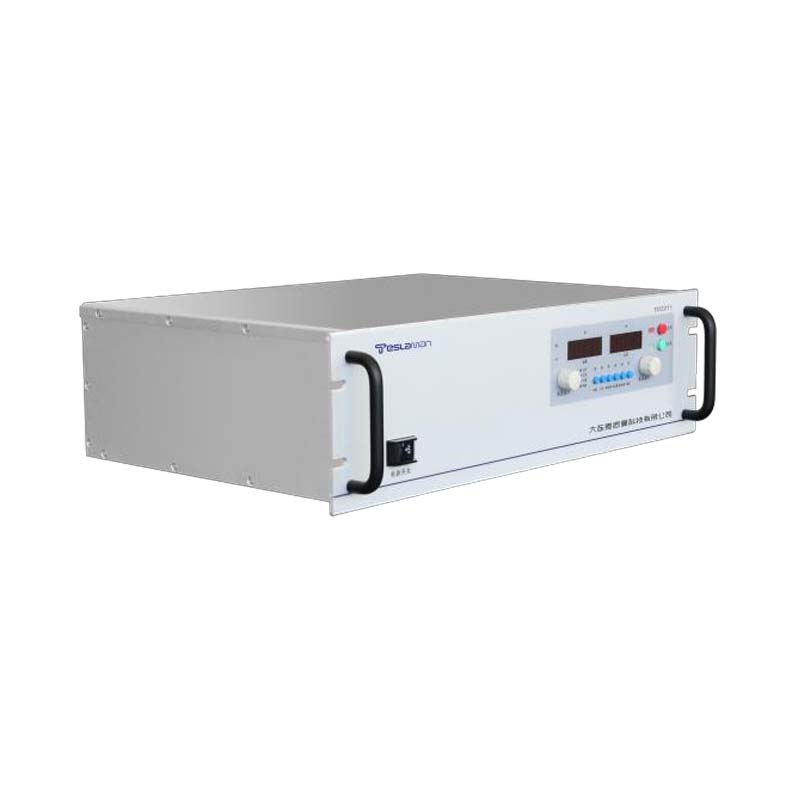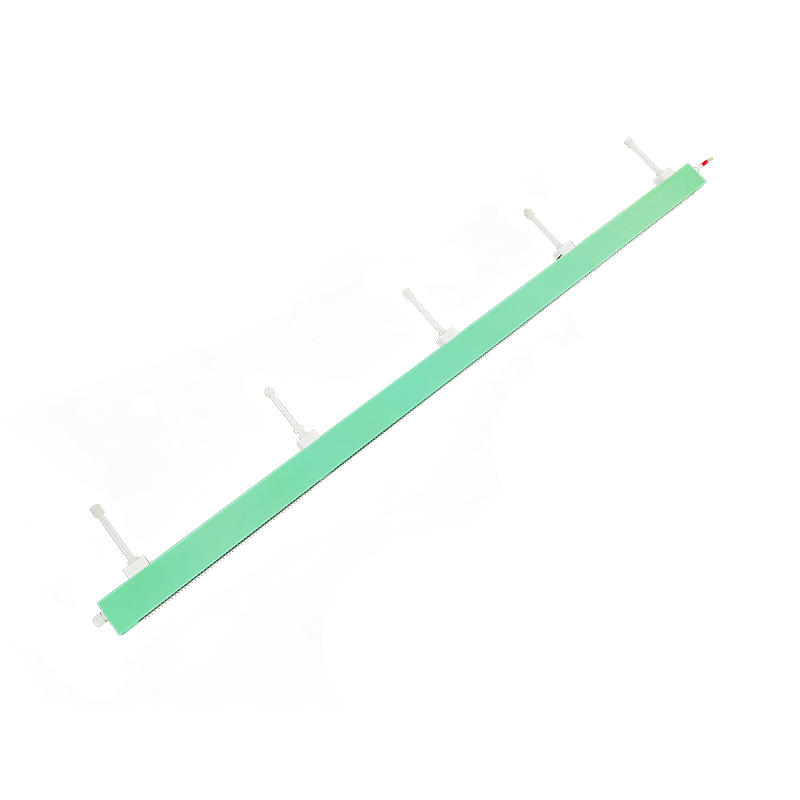Application of Ultra-High Voltage Power Supplies in Medical Radiotherapy
In the field of medical radiotherapy, ultra-high voltage power supplies have become indispensable key equipment due to their unique advantages. They provide energy support for core treatment devices such as linear accelerators and proton therapy systems. By generating high-voltage and high-energy particle beams, they achieve precise targeting of tumor cells, playing a crucial role in cancer treatment.
The working principle of ultra-high voltage power supplies is based on the efficient conversion and regulation of electrical energy. They can convert ordinary mains power into a stable ultra-high voltage output of several megavolts or even higher through complex processes such as transformation, rectification, and filtering. In linear accelerators, the ultra-high voltage power supply drives the electron gun to generate high-speed electron beams. These electron beams are further accelerated in the accelerating tube, and after obtaining sufficient energy, they bombard the target material to produce X-rays for treatment. This precisely controlled high-energy output is the foundation for effective radiotherapy.
Ultra-high voltage power supplies are also of great significance in proton therapy systems. They provide a stable and high-intensity electric field for proton accelerators, enabling protons to acquire extremely high energy and precisely deposit energy at the tumor site, creating the Bragg peak effect. This effect allows tumor tissues to receive a high dose of radiation while minimizing damage to surrounding healthy tissues, significantly enhancing the precision and safety of treatment.
To meet the stringent requirements of medical radiotherapy for ultra-high voltage power supplies, related technologies are constantly innovating in multiple aspects. In terms of stability, advanced closed-loop feedback control systems are employed to monitor parameters such as output voltage and current in real time. Once fluctuations occur, the system can quickly adjust to ensure stable output and prevent any impact on treatment results. In terms of safety design, multiple protection mechanisms have become standard, including overvoltage protection, overcurrent protection, and leakage protection, to prevent accidental injuries caused by ultra-high voltage to medical staff and patients and extend the service life of the equipment. In addition, miniaturization and integration are important development directions for ultra-high voltage power supplies. By optimizing circuit designs, using new power devices and insulating materials, the size of the power supply can be reduced while maintaining performance, lowering equipment costs and making ultra-high voltage power supplies more suitable for installation and use in hospital environments.
As the core technical support for medical radiotherapy, the continuous optimization of the performance and technological innovation of ultra-high voltage power supplies are driving the development of radiotherapy technology towards greater precision, safety, and efficiency. In the future, with the continuous progress of science and technology, ultra-high voltage power supplies are expected to play an even greater role in the medical field, bringing more hope of cure to cancer patients.




















